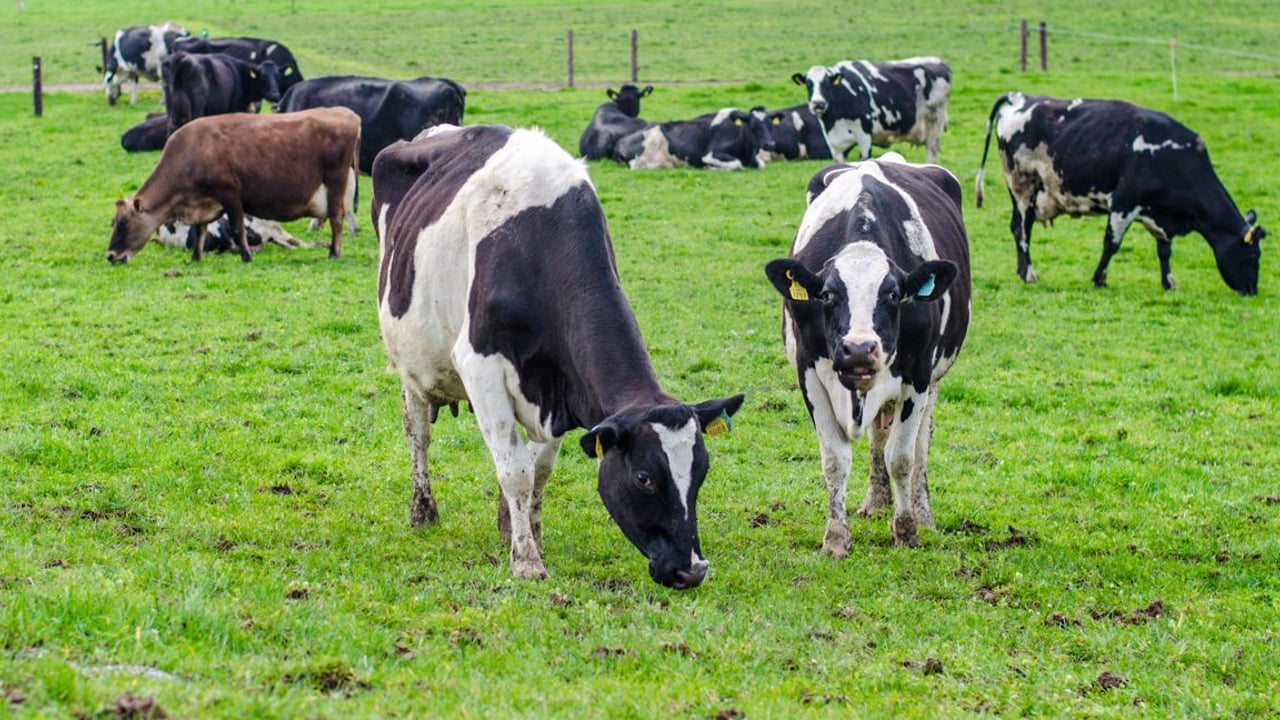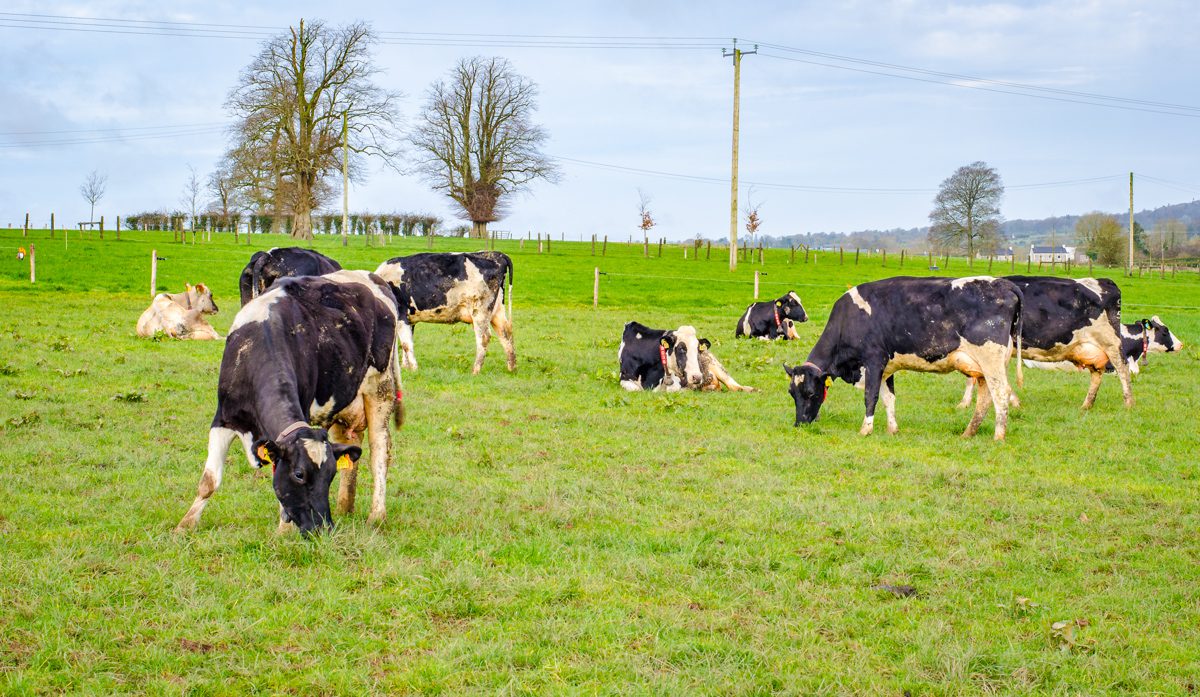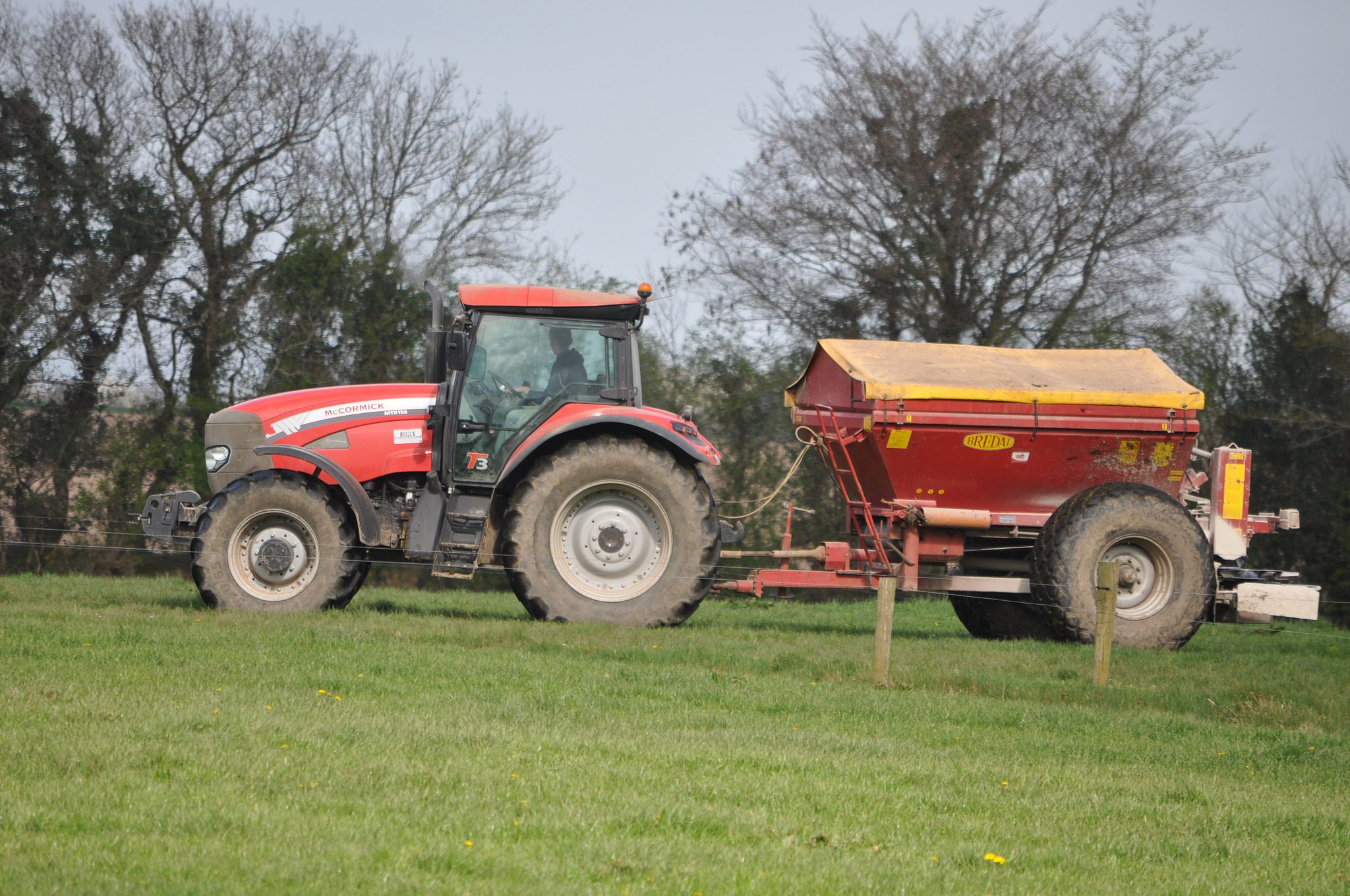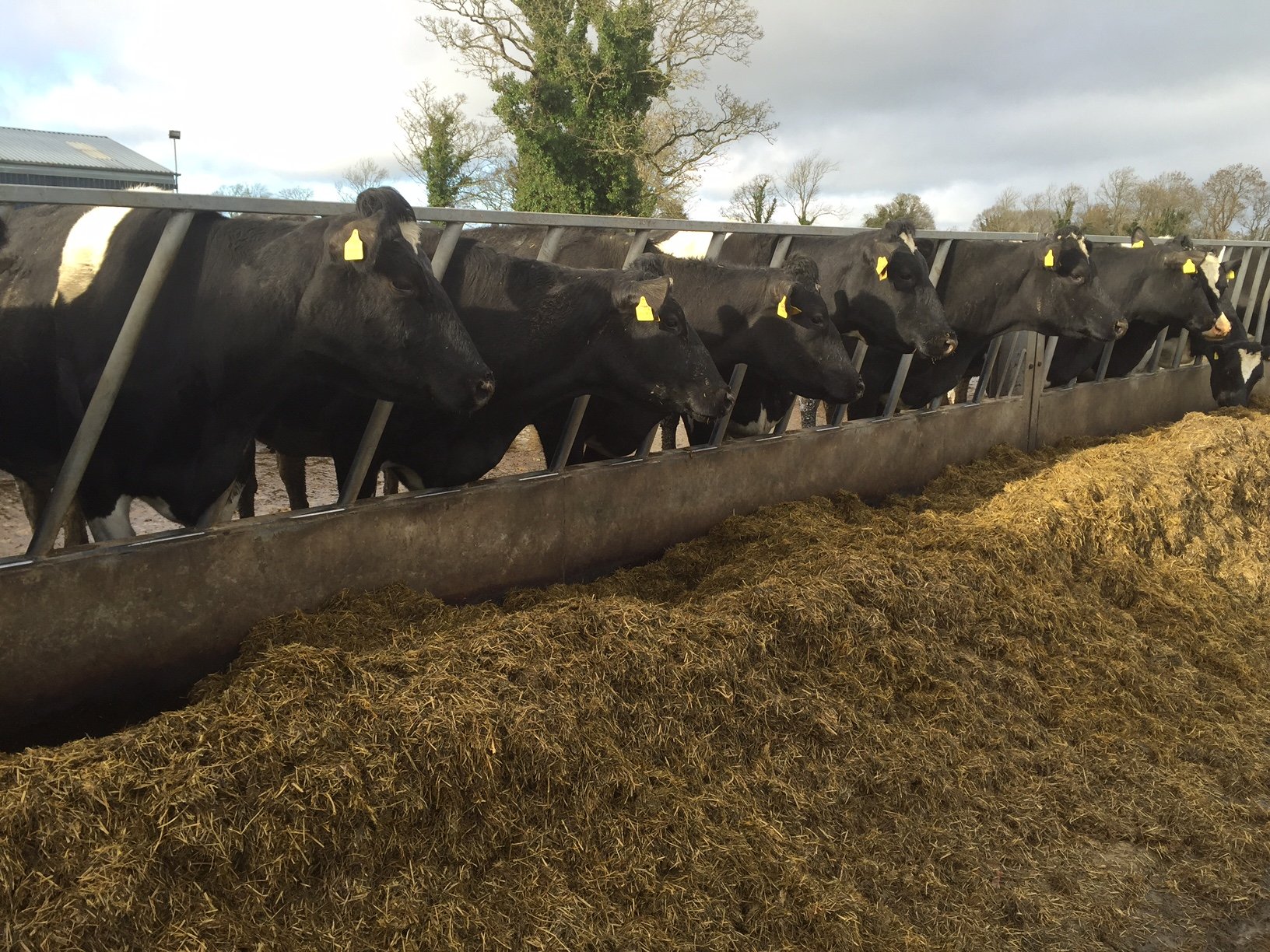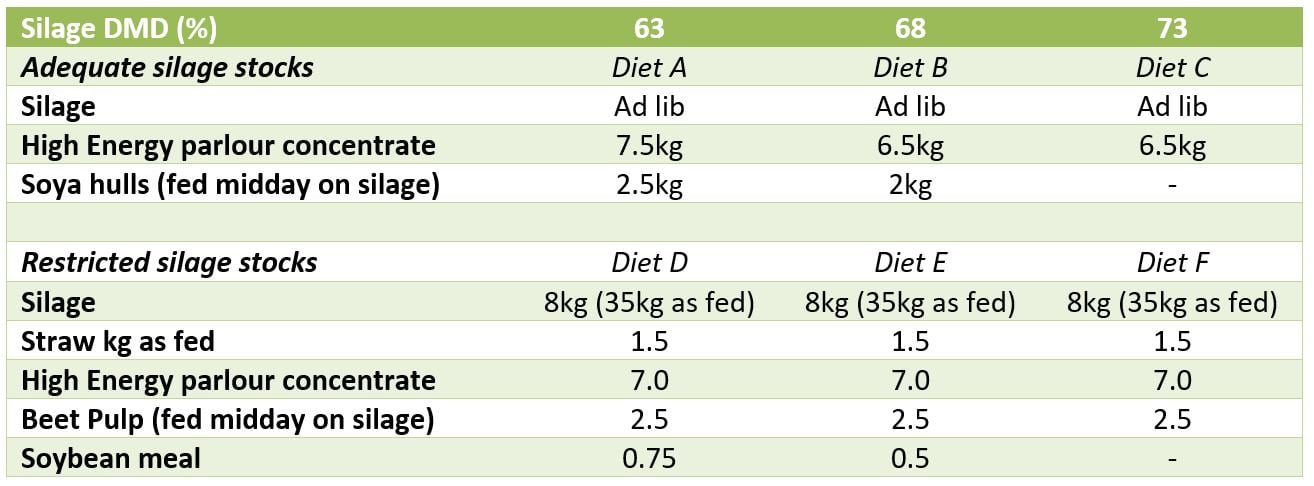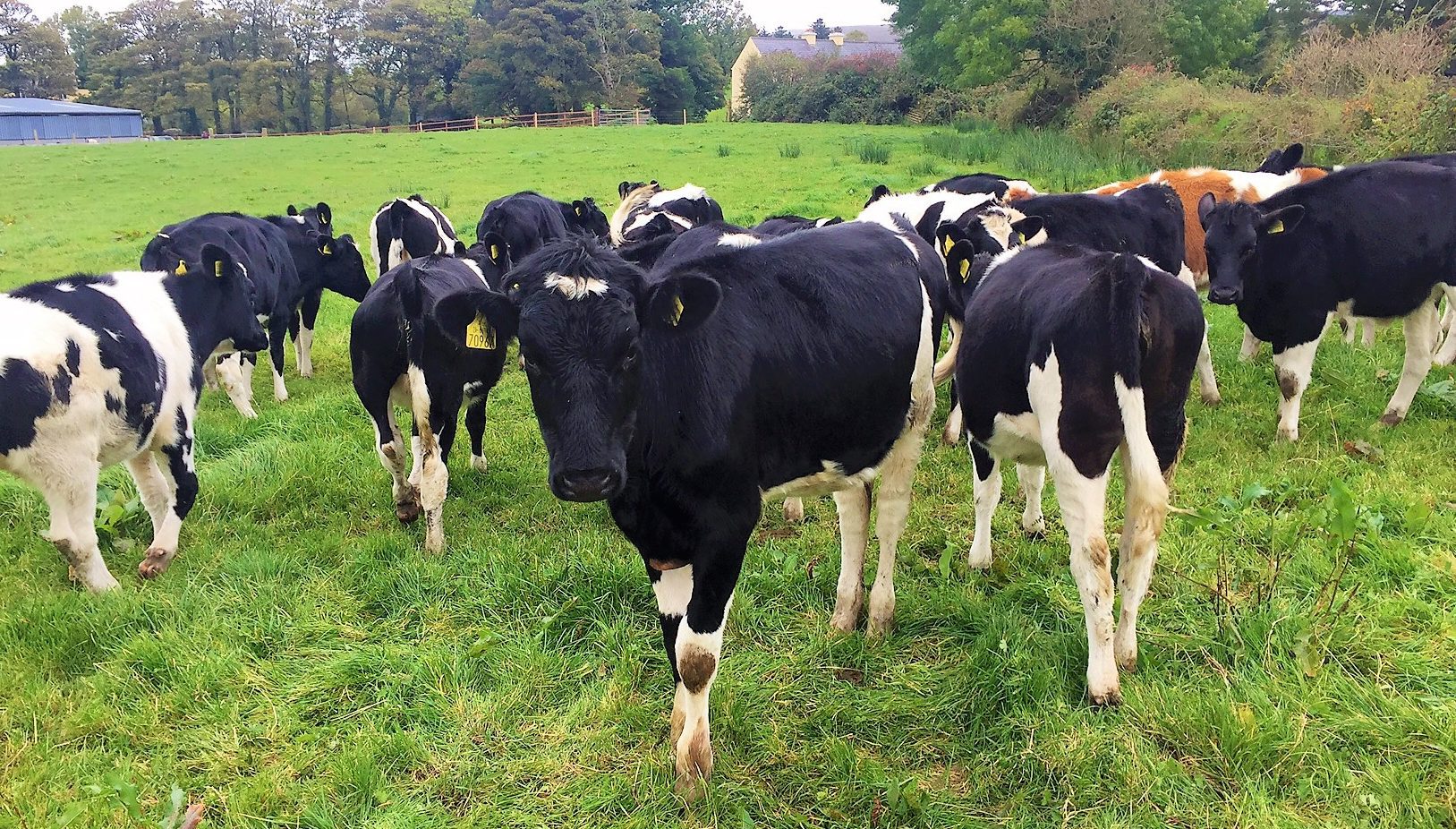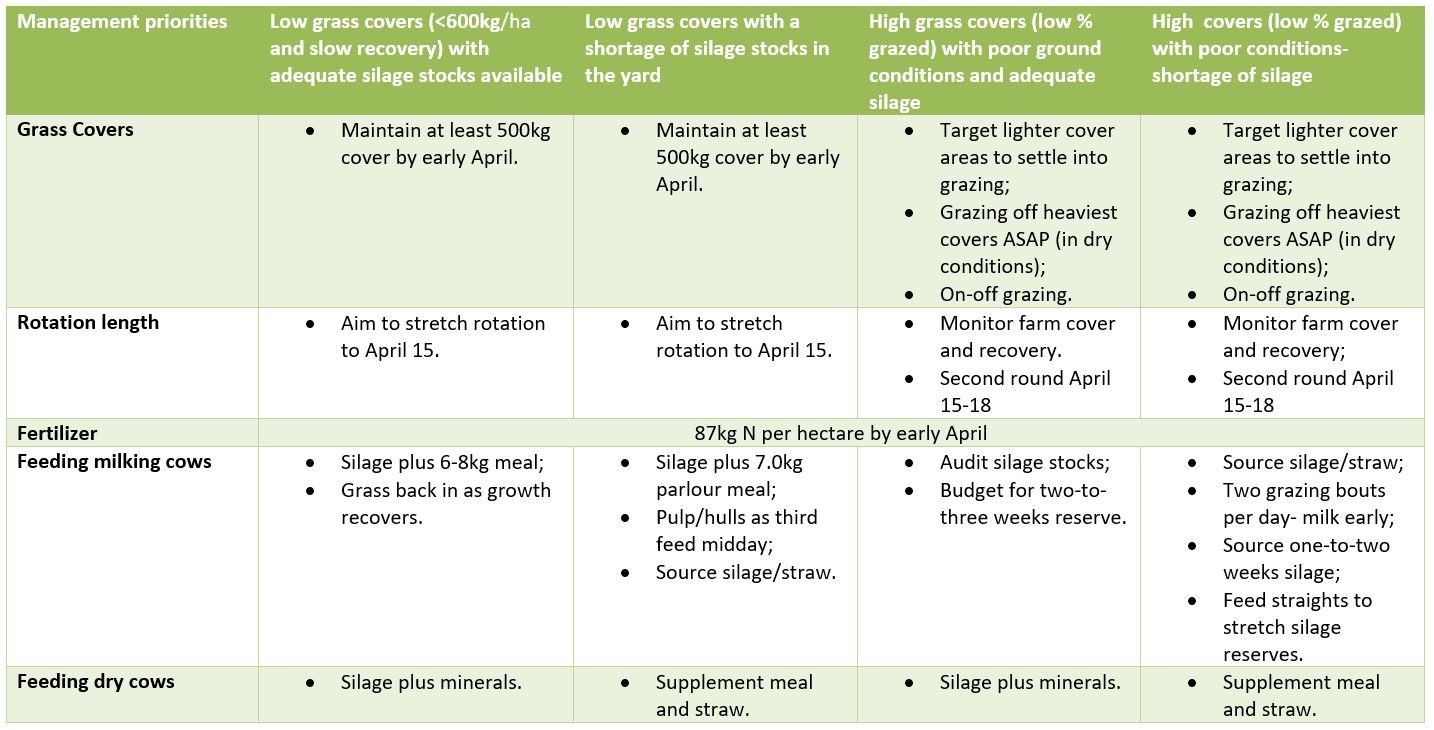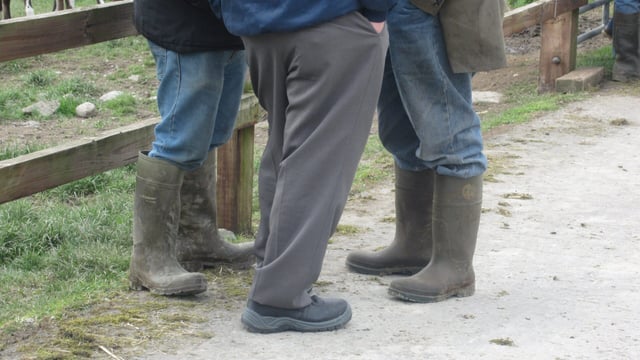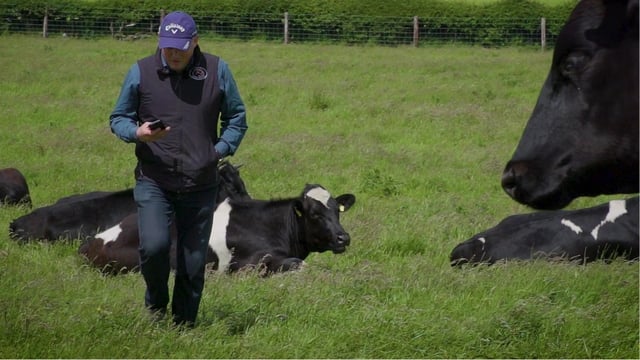Grass advice: Managing covers and herd nutrition in current weather conditions
By Joe Patton, Teagasc dairy specialist
The last few weeks have brought many difficulties for managing grass and herd nutrition on dairy farms. Persistent cold and wet weather has severely impacted on growth rates across the country.
Many farms are reporting very low covers of only 300-400kg/ha on the first areas grazed during February, instead of the target 500-600kg/ha.
On heavier land types, farms are reporting less than 10% of the area grazed at this stage and nitrogen (N) fertiliser applications are falling well behind target too.
A further complication to the situation is an emerging scarcity of silage in some areas, on top of the longer-term shortage being endured in the north-west region.
Collectively, these factors are placing increased pressure on herd management at a busy time of year. Every farm faces its own individual challenges; however the typical scenarios being reported can be summarised as:
The main objectives to be met in the short term are to:
- Feed milking cows well to maintain good milk production, body condition and rumen health;
- Ensure youngstock and remaining dry cows are correctly fed;
- Manage grazing to protect ground conditions while utilising available grass;
- Maintain adequate grass cover on the farm by managing rotation length;
- Promote new grass growth by getting winter covers grazed and fertiliser applied.
The following are some tips and guidelines to help meet these aims for each of the four scenarios outlined above.
Managing average farm covers
Mean growth rates around the country were 5-7kg/ha last week. However, growths of 12-18kg/day were reported in Ballyhaise, Moorepark and Johnstown, and commercial farms with early N applied, indicating some potential pick-up in growth rates.
However, for many farms, corrective action will still be required in the short term. This includes:
- Holding average farm cover above 500kg/ha in early April is very important to allow the farm respond quickly to improving growth conditions;
- Farms with large areas grazed and/or little to no grass need to get daily demand below growth rate to prevent covers from falling too much;
- The aim is to have at least 1,100kg/ha (i.e. enough grass for 80 cows for 24 hours on 1ha) back on the first paddock by the start of the second round;
- With only 300-400kg of recovery by March 22, a further 700-800kg of total growth is needed before the next grazing;
- Ground conditions are slowly improving, so farms with a low percentage grazed and good grass covers on paddocks have an opportunity to get area grazed now;
- Fertiliser N needs to be applied as a priority now;
Silage stocks and feed options
Assess available silage stocks and likely feed demand immediately. Early action on feed deficits makes the problem easier to solve.
- Guideline figures for intake of fresh silage (22-24% dry matter (DM)) are:
- Aim to have at least 1.5 weeks silage reserve on hand by late April;
- Straight ingredients like hulls, beet pulp and palm kernel are high in digestible fibre and work well to fill gaps of 2-3kg in daily feed budgets;
- Exercise caution if introducing co-product feeds such as fodder beet or potatoes;
- Good-quality feed straw is an option to increase diet fibre (NDF) allowances, but there are issues with cost and availability at present.
Examples of milking cow diets
Prioritise the highest-quality silage to milking cows. Where silage DMD (dry matter digestibility) is poor (<68DMD) and supplies are tight, there is a large risk of causing digestive problems (acidosis, displaced abomasum) by ‘slug-feeding’ concentrate to correct an energy deficit on paper.
Rumen health should take priority in these situations, so be mindful of overloading concentrates in the diet. It may indeed be best to use once-a-day milking on thin, freshly-calved cows to reduce BCS (body condition score) loss and correct energy levels.
Some guideline diets, with different silage qualities and quantities available, are listed in the table below. The diets are shown for three silage types and for where there are adequate (A-C) or restricted (D-F) silage stocks available.
These diets are for a full-time indoor situation and are for fresh-calved cows milking at 24-26L and rising. Beet pulp is used instead of hulls where silage is in short supply to increase overall energy intake.
Table: Example diets for milking cows where grass is not accessible
These example diets may be implemented in the short term where low average farm covers and/or ground conditions dictate that grass must be excluded from diet.
However, given the cost and complication associated with these feeding plans, getting cows back to grass must be a priority.
Grazing by day alone would reduce the parlour-fed concentrate input by approx 2.0-2.5kg in the scenarios outlined. It would also eliminate the need for out-of-parlour meal feeding in situations where silage stocks are adequate.
For example, grazing 6kg DM grass in Diet B would mean that hulls could be eliminated and parlour-fed concentrate reduced to approx 5kg. These changes should be made as soon as covers and conditions allow.
Examples of dry cow diets
Where silage stocks are tight, there is a good opportunity to spare silage on remaining dry cows. These diets can be adjusted as follows:
Meal feeding in this situation will not lead to increased calf birth weights once silage is rationed out and excess BCS gain is avoided.
It is important to ensure that a silage sparing effect is achieved. Ensure cows have adequate barrier space per cow.
Straw can be fed chopped and mixed with silage or rolled along the feed barrier if chopping machinery is not available.
Make sure correct mineral feeding levels are continued. Do not turn out cows on the point of calving to fresh grass, even if weather and ground conditions improve, because this will greatly increase the risk of milk fever.
Feeding yearling heifers
The daily feed intake of yearling dairy heifers represents a small proportion of the overall farm feed budget at this time of year.
However, a good plane of nutrition is still needed to ensure heifers are at 60% of mature weight for breeding in four-to-six weeks. Heifers – at this stage – need to be consuming at least 2.1% of liveweight (+6.5kg DM) of high-quality feed at this time.
If youngstock have been turned out to paddocks with low grass covers, ensure daily intakes are being met by supplementing with 2.0-2.5kg of high-quality concentrate (0.94 UFL and >16% protein). These rates can be dropped back as pasture availability improves.
Summary steps for different on-farm scenarios
Health warnings to go with these diets
- These diets will only work if roughage intake is being achieved and feed management is good. Check that animals are eating adequate quantities of forage;
- There’s a high risk of digestive upsets (acidosis, laminitis and displaced abomasums) with these diets, if not built up slowly to high levels of meals;
- Plenty of access to water – clean out regularly;
- Avoid feeding more than 3-4kg of any one individual straight. A blend is safer above these levels. Avoid high levels of cereals in the concentrate;
- Avoid sudden changes in diet;
- Check feeding space is adequate. Animals are suffering a lot where feed space is not adequate – feed in yards or under the wire at grass where necessary;
- Check that mineral requirement is being met, as the immune system of cows under pressure and the ability to fight infections is limited;
- Take pressure off housing (50% of animals in and 50% out);
- Use a buffer such as sodium bicarbonate in the diet (e.g. 200g/head/day);
- Check to make sure parlour troughs are being cleaned out before the next batch of cows come into the parlour;
- Fresh-calved or sick cows should be given access to grass plus straw/forage and hulls. Vets are reporting lots of LDAs (left-displaced abomasums). Letting out five or six sick cows onto grass won’t affect the grass budget and will save on vets bills;
- Check animals on a regular basis for signs of ill-health.
Warning
When grass becomes available, animals cannot be taken directly off very high concentrate diets and placed back on grass-based diets.
A slow transition back to a grass-based diet will be necessary to avoid permanent damage or mortality in animals.
